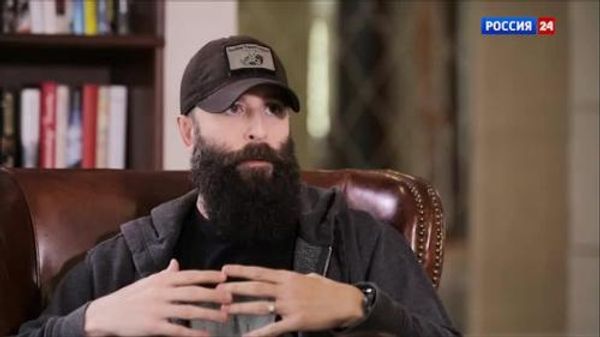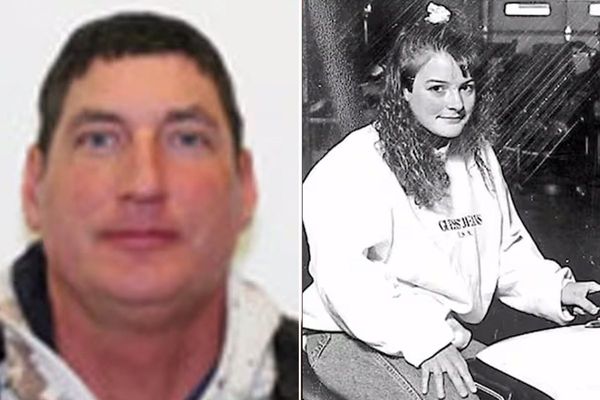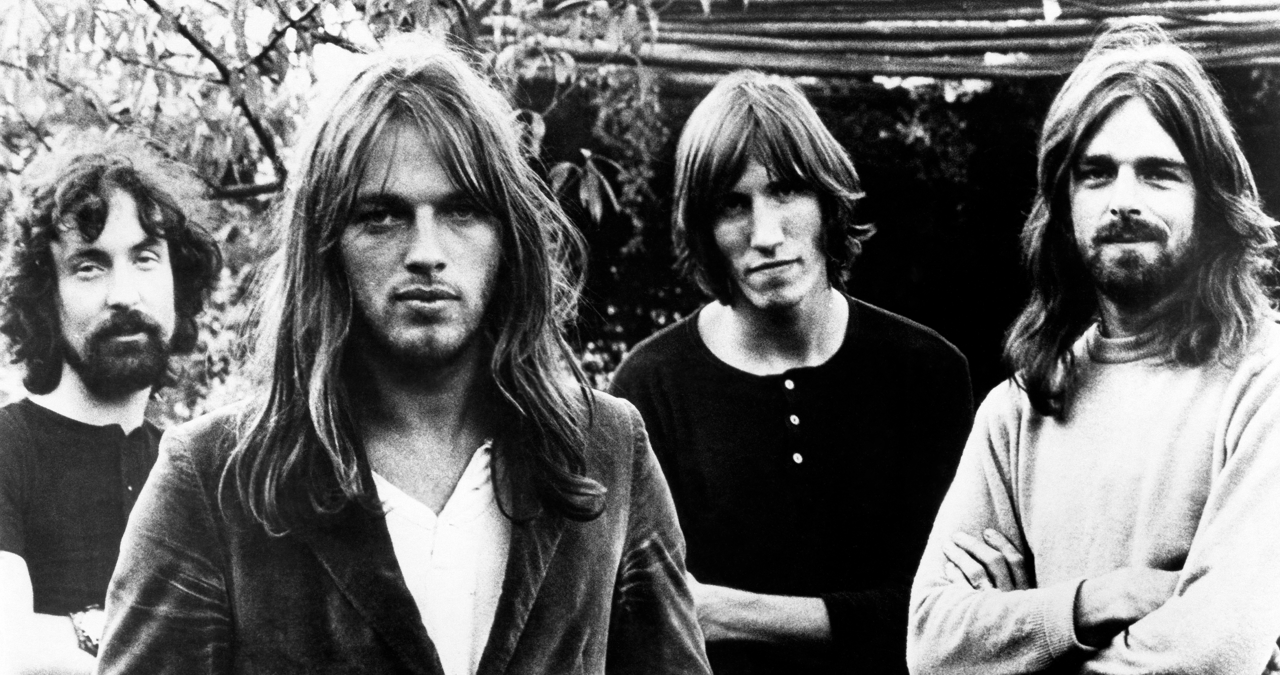
Lauded from all quarters almost since the day it was released, The Dark Side of the Moon remains one of the few entries in that hailed pantheon of ‘best albums ever’ to genuinely warrant its status.
Though technologically innovate for its time - replete with state-of-the-art synths, multitrack recording and advanced production techniques - the enduring power of Pink Floyd’s most well-known LP really lay in its profound themes.
Death, the passage of time and the boundaries between sanity and madness. Dark Side deals in age-old, weighty concerns.
And, one moment in particular underlined the essential humanity at the core of the record like no other.
The Song: Pink Floyd - The Great Gig in the Sky
The Magic Moment: 1:07 - The introduction of Clare Torry’s extraordinary vocal
The Origin
Written in 1972 for Floyd’s then in-development eighth studio album, the music that became The Great Gig in the Sky started its life as a sombre organ-based chord sequence, devised by the band’s dexterous keysman Richard Wright.
Wright's guiding idea was that the piece would stimulate the listener to ruminate on the inevitability of death. A serene island of melancholy at the centre of an album that was already shaping up to be tackling some heavy concepts.
Wright’s piece was fittingly dubbed, ‘The Mortality Sequence’.
Richard’s ethereal, mournful chords were blindingly beautiful. They slowly traversed through the key of F major, whilst also wading into shades of B minor, blending chords that really shouldn’t work.
Yet, somehow Richard made them seamlessly flow.
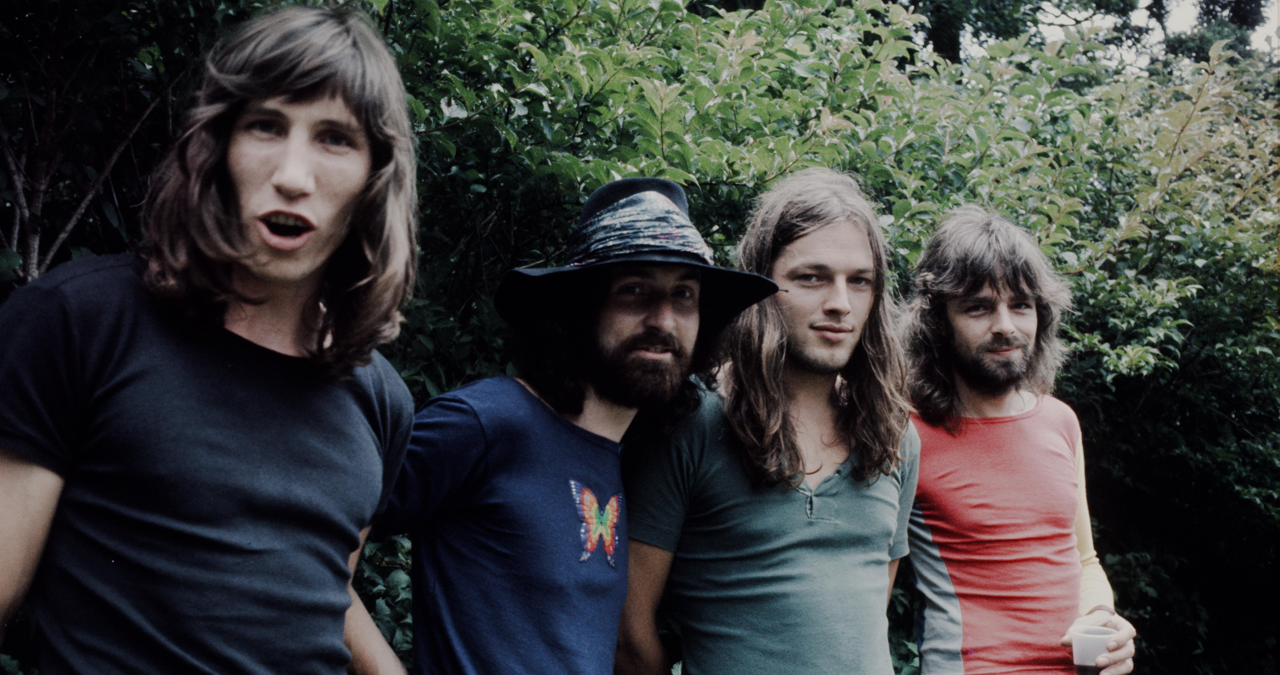
Wright eeked out every morsel of both light and dark emotion via a plaintive and measured playing style. But it was soon clear that, while musically the sequence needed little further augmentation, it certainly needed a foreground element to make it really transcend.
A vocal was required.
Yet Wright and co-Floyd vocalists, David Gilmour and Roger Waters, felt their own voices, singing a conventional vocal melody, wasn’t the right call here.
Audio of NASA astronaut chatter, and a vocal recording of The Lord’s Prayer were tried atop the keys.
A little too on the nose, you might say? The band certainly thought so.
And so, the problem of what to do with The Mortality Sequence was put to one side as the group - David Gilmour, Roger Waters, Nick Mason and Richard Wright - decamped to Abbey Road. There, together with fastidious (and soon to be legendary in his own right) engineer Alan Parsons, Floyd gradually built what would become their 1973 masterpiece.
As the highly productive months rolled on, and the record neared its final shape, thoughts shifted back to the Mortality Sequence.
It was time to get a pristine version of it laid down.
Switching the lead instrument to piano, Wright performed the piece with a more stately grandeur that evoked the classical works of Rachmaninoff and Barber.
“The piano was the Steinway concert grand in studio 1 at Abbey Road,”Alan Parsons explained to Keyboard Online in 2009, “I miked it using classical techniques: Putting nothing too close to the instrument itself, and capturing the ambience in the room. I used a pair of Neumann M50 omni mics. Compression? No! I added a little plate echo to compliment the natural ambience”.
Adding further instrumentation - namely the warm, church-like organ, Gilmour’s affecting pedal-steel guitar and the introduction of Nick Mason's drums at a key peak, the track dynamically raised its intensity, before settling back into its original meter.
Perhaps, the band surmised, it was a female vocal that would give the track that special, extra ingredient that it was in need of.
Engineer Alan Parsons recommended that 25-year old, session vocalist Clare Torry - a regular face in the Abbey Road bubble of the time - might be a good fit. Parsons remembered that she had a spectacularly versatile voice after hearing her record cover versions of pop songs for various Top of the Pops-branded records at the studio.
But, as Clare recalled in an interview conducted years later for Pink Floyd Peru, she had never previously met Parsons - nor had any real feelings about Pink Floyd. “I just had a call from this guy that worked at Abbey Road, called Dennis,” Torry said. “He rang me up and [asked] if I was free to do a session. No name was mentioned. I had no idea who it was for. I didn’t even ask.”
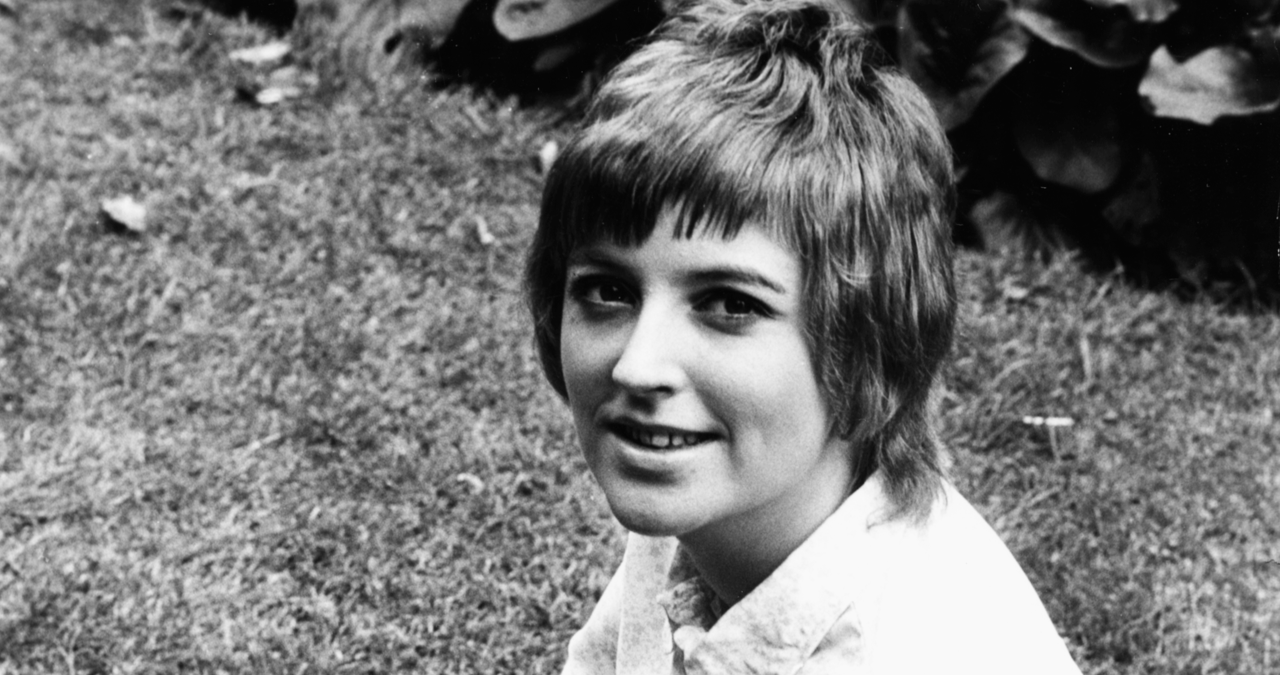
Intrigued enough to take on the session, Torry headed into Abbey Road - blissfully unaware that she was due to be working with Pink Floyd. “I didn’t know whether I was going to walk into the studio and there was going to be a choir, two other girls, three other girls - no idea”
After initial formalities, Gilmour and Wright explained to Torry that they were really after some less conventional vocalisations atop the developing chord sequence.
But, the pair found it hard to articulate just what they wanted.
“The band explained to me that they were doing this album that was nearly finished,” Clare told Pink Floyd Peru. “[They explained] the concept of the album - birth and death and everything else in-between. They played me the backing track and I asked ‘well what do you want?’ - basically they had no idea.”
Torry then told the band that, in her view, the best strategy was for her to head down into the studio, don some headphones, and just see what happens.
For the first few attempts, Clare riffed around a few more conventional musical expressions, inspired by the notion of ‘scatting’ that the band and Clare had briefly discussed. Naturally, she threw in a few words, such as ‘Oh baby, yeah’.
Hearing this in the control room, the band stopped recording.
In her cans, Clare heard a simple instruction that the four men had neglected to state at the outset.
“No words.”
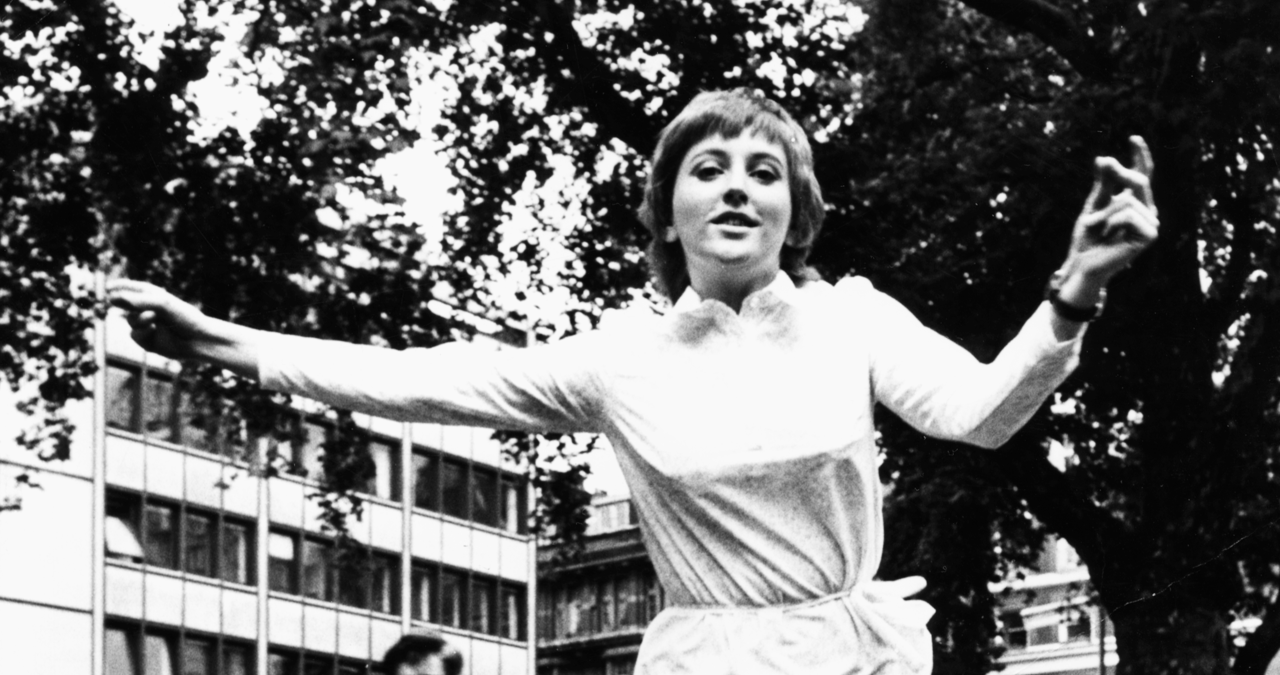
“That really stumped me” Torry recalled.
But, this new rule-free instruction gave Clare freer range to stop thinking about the vocal in a traditional sense, and instead trust her instincts to be dynamically flexible.
Torry had to be guided by how she genuinely felt in the moment.
“I’ve said this many times but it’s really true - I have to pretend to be an instrument” recalled Clare to Pink Floyd Peru.
As the recording light was put on, and the chords built up into the song’s gradual peak. Torry cast aside her inhibitions, and opened her mouth.
Out came a wordless vocal performance that married wailing, histrionic emotion with what sounded like an assertive counter to the songs’ intimation of the inevitability of death. It was utterly divine.
The band were gobsmacked.
“When she opened her mouth, out came that orgasmic sound we know and love,” Gilmour told Mojo in 1998.
On the third take, Torry realised that the impact of that raw first take was lessening the more she attempted to repeat it.
She stopped the recording, and told the band that - in her view - they had enough to work with between the first two takes.
After that exceptional vocal feat, Torry was paid a measly £30 (the equivalent of £400 when adjusted for inflation), and told little else about whether her work would be used. “I said ‘thank you very much’ and left - I was convinced it would never see the light of day,” Clare remembered.
Why It's Brilliant
But, use it they did.
Quite the most profound and affecting performance on an album packed full of inspired creative choices, The Great Gig in the Sky (as the track was finally titled) became a pinnacle not just of the album, but of Floyd’s entire canon.
Coming in like a wailing banshee, Torry’s voice sounds simultaneously pained, grief-ridden, haunted and (as Gilmour intimated in that MOJO interview) sexual and animalistic.
It’s an emphatic response to the plaintive back and forth of Wright’s elegiacal chords - a human counterweight to the looming shadow of the grave.
Backed by the momentum of Mason's drums, Torry’s vocal performance remains downright staggering (even after the 2,000th listen).
Clare's instincts were bang on. The natural spontaneity of her choices - rising into an (extremely!) high register falsetto before laddering around an anguished descending melody - does more to sum up death than any lyric could. It’s the vocal expression of rage against the dying of the light.
Signalling the close of the album’s first side, we’d argue that The Great Gig in the Sky is one of the most affecting responses to death ever put on record.
And, it's one of the most extraordinary vocal performances ever captured by anyone. Ever.
Despite this massively important contribution, Torry was not kept informed about Dark Side of the Moon’s release, and actually bought the album herself months later when seeing it for sale at her local record store.
As the years have passed, so too has the track’s stature in the collective public consciousness.
Rightfully feeling under-enumerated for her centrepiece moment, Clare sued EMI and Pink Floyd in 2004 to receive a songwriting credit, and receive half of the song’s songwriting royalties.
The case was settled out of court, but all subsequent pressings of the album have credited both Wright and Torry as co-writers of The Great Gig in the Sky.
Reflecting back on the spark of inspiration that led to that magnificent vocal, Clare pondered with Pink Floyd Peru that, “I’ve often wondered if it was the Devil grinning up at me, or God smiling down on me - I still haven’t figured out which one had the final say. It was a happy accident.”



